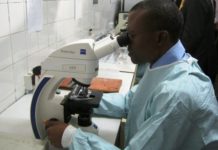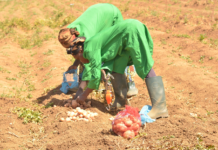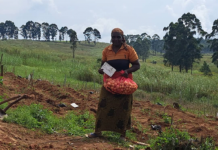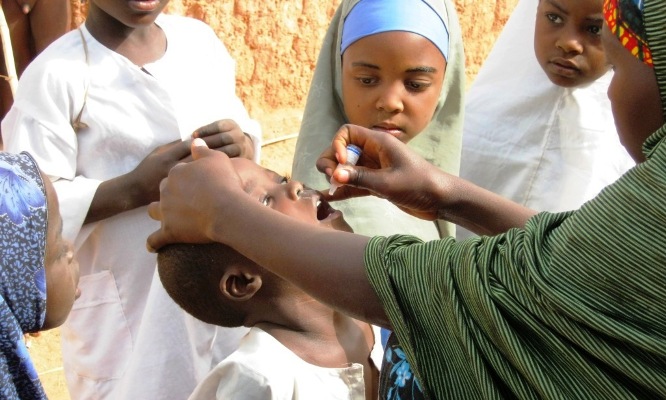Coverage of vaccines offered to children in routine immunisation has reduced in the last six years.
It comes amidst strides to reduce deaths of children aged under five from 158 to 120 per 1,000 births between 2011 and 2016.
“All girls and boys, no matter where they live or what their situations are, have the right to survive and thrive, safe from deadly diseases,” said Mohamed Malick Fall, representative of United Nations Children’s Fund in Nigeria.
“Vaccination acts as a shield, keeping families and communities safe. By vaccinating children, we are protecting the most vulnerable members of the communities.”
Only one in four children receive all recommended vaccines, according to the recent Multiple Indicator Cluster Survey.
The survey showed wide variation among states. Up to 80 in 100 children get pentavalent vaccine in Lagos, compared with 3 in 100 in Sokoto.
The vaccine protects children against diphtheria (sore throat and fever with a potential for complications), whooping cough, tetanus, hemophilus influenzae type B (bacteria causing several types of infections) and hepatitis B (inflammatory disease of the liver).
Estimates show up to 4.3 million children have never been vaccinated.
Children who have never been vaccinated are at the greatest risk of contracting diseases such as measles, whooping cough, and tetanus, which may be fatal or lead to long-term debilitating effects on survivors, according to UNICEF.
Poverty, overcrowding, poor hygiene and sanitation as well as insufficient nutrition and healthcare increase the risk of diseases such as pneumonia and measles; diseases that are easily preventable with vaccines.
“Immunization is one of the most powerful and most cost-effective health interventions,” said Representative Fall. “UNICEF and its partners continues to stand firm with the Government to ensure that the lives of children are protected.”























